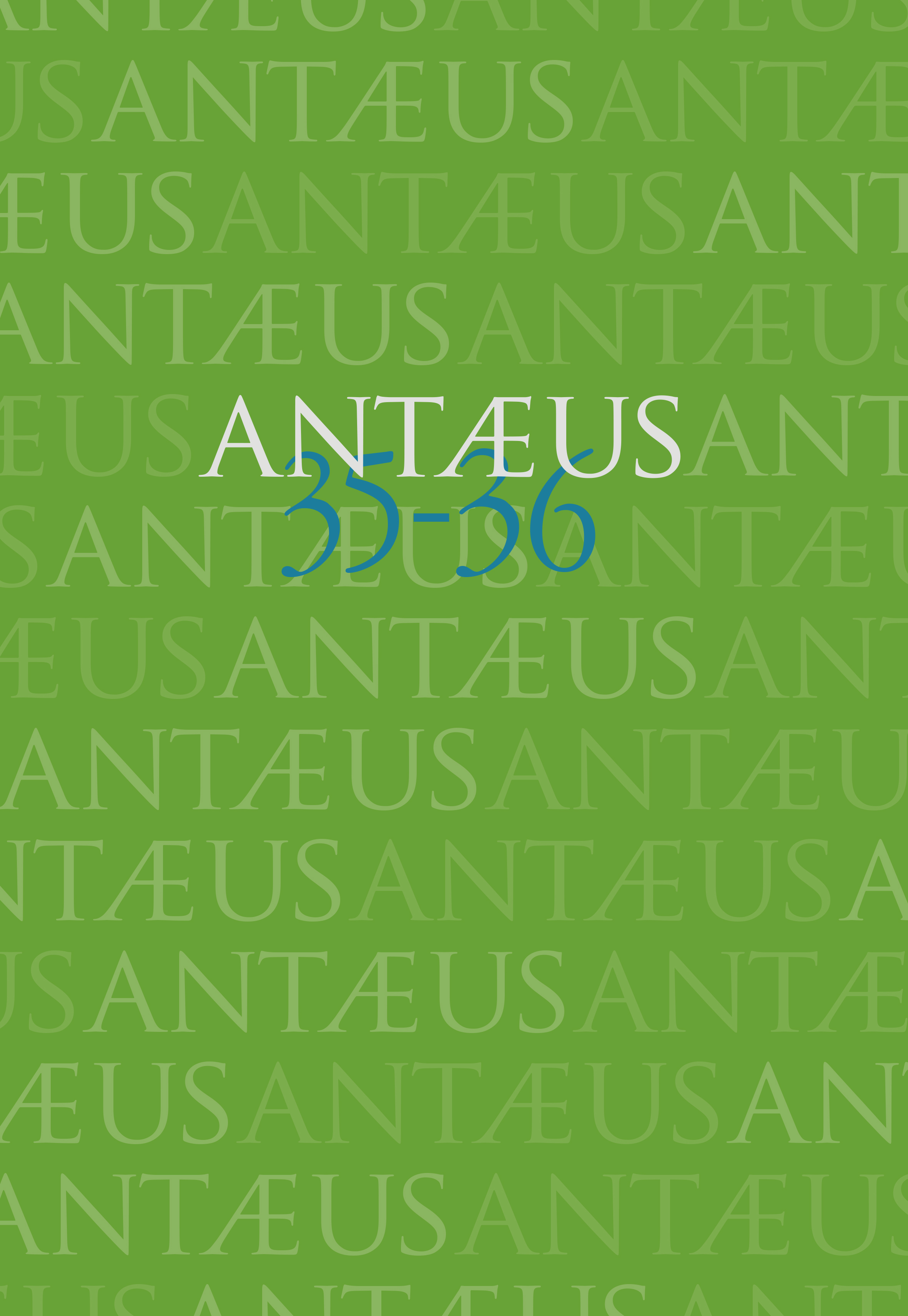|
Zwei Kirchen aus dem 9. Jahrhundert in Lobor und ihr Inventar Krešimir Filipec 
AbstractWith its church dedicated to the Blessed Virgin Mary, the settlement of Lobor was one of the most important ecclesiastic and political centres of Pannonia between the ninth and eleventh centuries. An early Christian church was erected in the later fifth or early sixth century in the hilltop settlement. The pre-Romanesque (ninth century), Romanesque (twelfth–thirteenth centuries) and the Gothic church (fourteenth–fifteenth centuries) that was finally rebuilt in the Baroque style was built over this early church. The excavations in the area brought to light numerous earlier carved stone relics originating from the interior of the pre-Romanesque church that had been incorporated into the later church’s walls. The fragments do not all date from the same period: the stylistic traits indicate that pre-Romanesque and early Romanesque remains are both represented, although it is possible that the differences can be attributed to the re-use and re-carving of the abundant marble fragments by the masons working on the church. |
![]()



